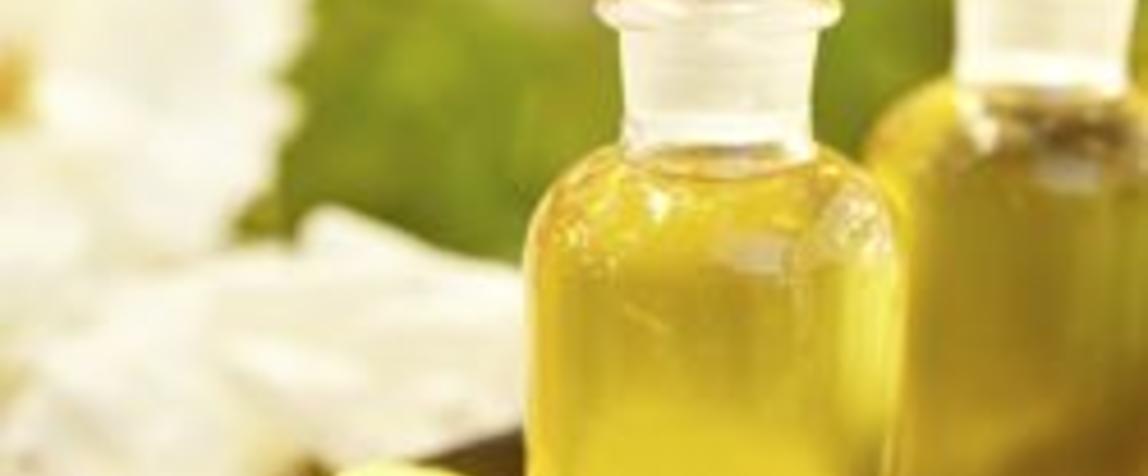Once the domain of health-food stores and your alternative friend’s beauty cabinet, organic beauty products are now as common as a red frock at the Emmys. Unfortunately, with no official legislation or organisation monitoring organic labelling, differentiating legitimate from the imposters can be tricky – especially for your average consumer.
To get to the bottom of it, we turned to director of organic advice and convenor of Biological Farmers of Australia’s cosmetic advisory group Owen Gwilliam. Organic is often a bit misunderstood and there are varying definitions as to what it means,” Gwilliam explains. If a product is saying it contains organic ingredients or is claiming to be organic, a consumer could reasonably expect that at least the agricultural ingredients in that product were produced in an organic farm.”
Because a lot of the ingredients used in the personal care product area aren’t from agricultural origins (especially for things such as shampoo and conditioner), the waters become a little muddy when it comes to beauty products. Gwilliam says that to earn organic certification under BFA’s standards, there are three things that need to be considered. Firstly, the vast majority of agricultural origin ingredients have to be from an organic farm. Secondly, the actives must comply with strict rules. There are only certain types of surfactants and emollients allowed, and they must be manufactured through simple chemical processes and made from naturally produced plant materials.” The third category of ingredients is the preservatives, of which there are, again, only a certain number that are allowed.
Unfortunately there is no uniform body or legislation to monitor whether products claiming to be organic meet certain requirements. And there’s even less monitoring of those brands claiming to be natural. Natural at the moment means next to nothing,” says Gwilliam. However, the natural brands would claim something different.
Lance Kalish, co-founder of , says that for a product to be natural, it has to contain ingredients derived from a natural source. There can be no chemical synthesis or chemical process used to derive the ingredient,” he says. In the USA we subscribe to a number of different natural associations, including Wholefoods, which has its own standards.”
The ongoing debate over what is and isn’t organic means it’s up to brands to seek verification from a certification body, or consumers to become more savvy.
Barbara Filokostas, managing directory of Botani Australia, says that this is not enough. There are too many organisations and no one standard, and until that standard is established, these organisations are pointless.” Because the majority of beauty products are made up of mostly water, which can’t ever be classified as organic (and so is left out of BFA’s certification calculations), Filokostas says any products containing mostly water and claiming organic certification are misleading. How can a product be labelled as certified organic when the 60 to 90 per cent of the ingredients is water, which isn’t organic?” Filokostas asks. She says that European certification body Ecocert employs more logical standards, requiring a minimum of 95 per cent of the total ingredients come from natural origin.
Stacey Egide, founder and director of Andalou Naturals says that the brand is currently researching the best certification options, made difficult by the conflicting organisations. As each association and logo differs in the percentage of organic content, the amount of allowable synthetics, and the processes during manufacturing, it is important to find a meaningful criterion vs. the latest marketing of a symbol whose only validation is the ingredient panel,” says Egide. Truth in labelling is Andalou Naturals’ point of difference. We’re proud to state our full and compliant ingredient panels and encourage our consumers to make informed decisions.”
If a brand does go down the ACO path, Gwilliam says it’s not as difficult as people may think. He claims that if your product is compliant, a brand can become certified within a month if it’s ready. The verification side of it is about identification, segregation and traceability of product. That’s all assessed with an annual audit process, which includes an on-site inspection.” Certification fees for brands can be as little as $1000 a year.
Gwilliam says that while the certification process can be relatively simple, it’s formulating a product that complies and still delivers on its promises that is the time-consuming part. Kalish agrees that to create a 100 per cent organic product is difficult, as beauty products require certain preservatives to make it work. The challenges in organic and natural product is finding the balance between achieving an organic product and something that is marketable to people.”
So what is the future of organic beauty in Australia? I think in the long-term, a uniform association would be terrific, however who is behind it is extremely important” says Kalish. In the interim, I think Australian retailers can take inspiration from those in the USA who help consumers understand what is natural and organic and what isn’t by developing their own standards. Priceline has done a very good job of that.”
Gwilliam adds that, the only way to be sure the product you are buying is truly organic is to look for the organic certification logo and details on the packaging”.
Check out the following brands, which have products containing organic ingredients:
Avalon Organics
Planet Eve Organics
Eco Tan
Andalou Naturals
Sophyto
Botani
Thursday Plantation
Avado Organics
Argania
Juice Organics
Aum
Minx Bronzing and Cosmetics
Peachface
EmerginC
Softlips Organics
Synthesis 345 Organics

